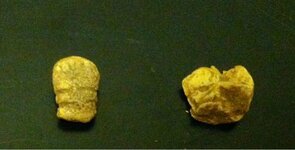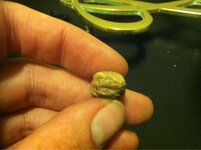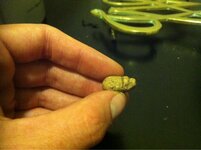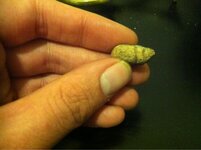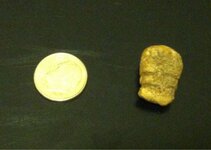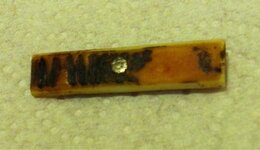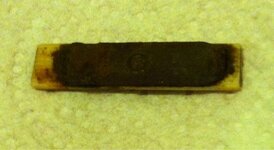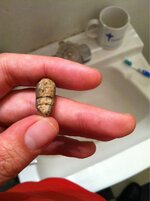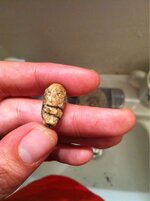mangum
Bronze Member
- Jul 2, 2012
- 2,319
- 3,525
- 🏆 Honorable Mentions:
- 1
- Detector(s) used
- AT Pro, MXT Pro Back-up
- Primary Interest:
- All Treasure Hunting
A what's it and bullet ID needed
Hello all. These came from a house built in 1883. I have no idea what the thing with the stone is. It is about 1 1/4 inches wide. It appears to be made of bone. I also need an ID on the 2 ringer. Thanks in advance & HH!
Hello all. These came from a house built in 1883. I have no idea what the thing with the stone is. It is about 1 1/4 inches wide. It appears to be made of bone. I also need an ID on the 2 ringer. Thanks in advance & HH!


